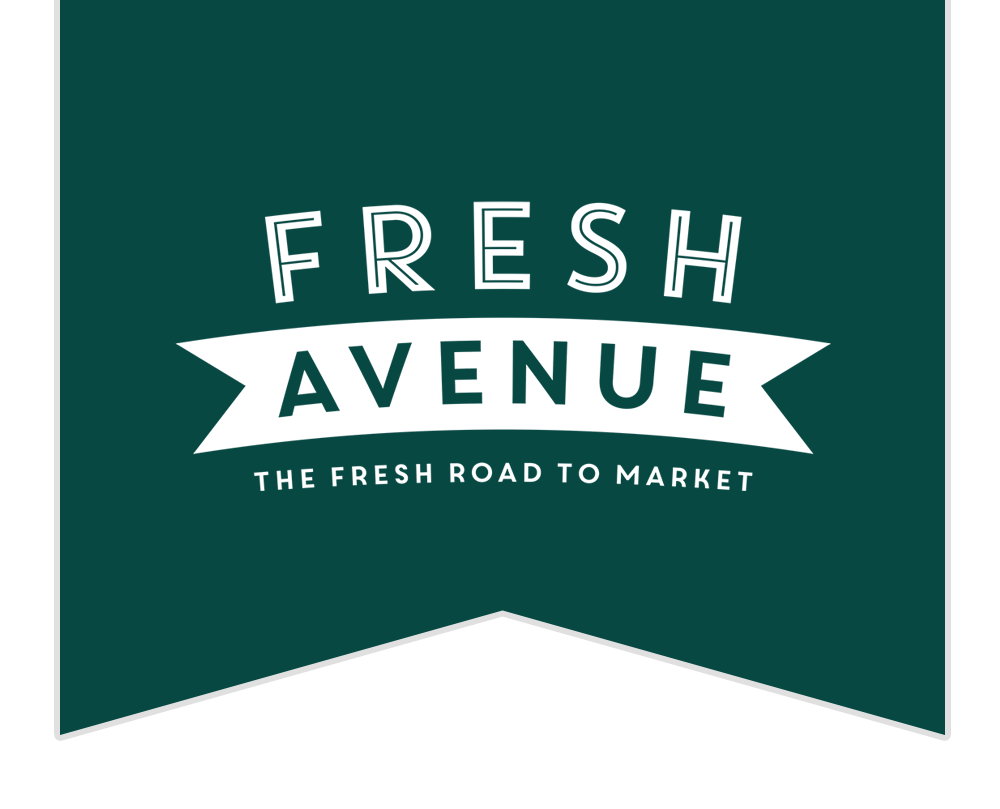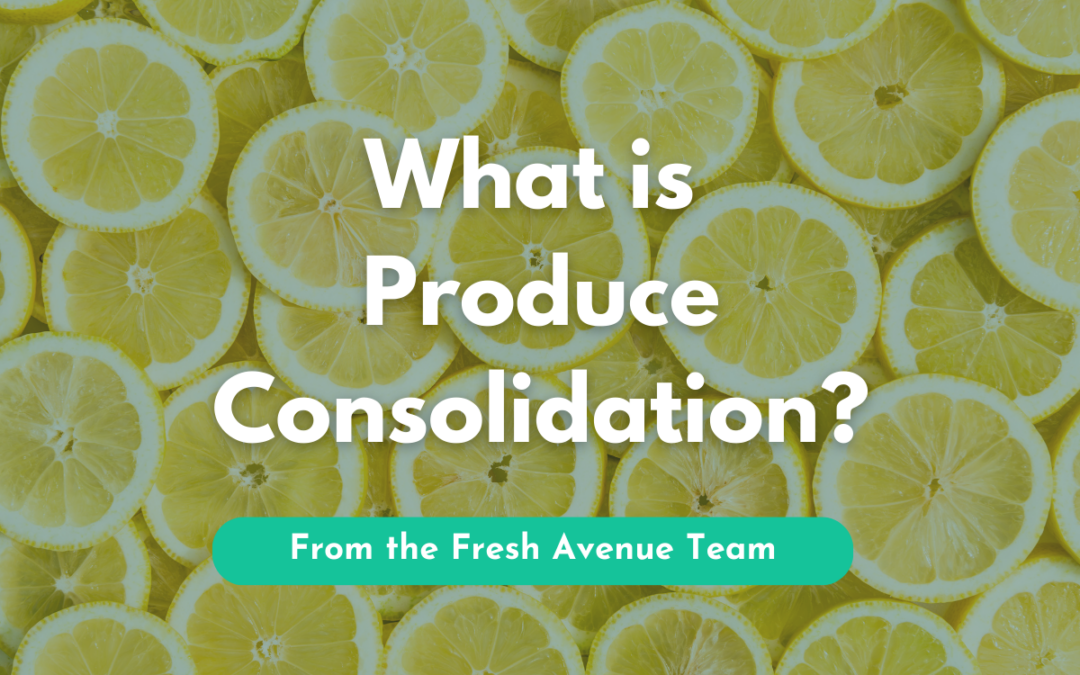We see this idea played out in our every-day lives as well, retailers like Wal-Mart being a one-stop-shop for groceries, household goods, automotive, clothing, office supplies, and the list goes on. Amazon is a great example of consolidation as well, and it may bring a clearer picture to what happens on the logistics side of consolidation. Vendors ship product to a primary facility where it is divided out to hubs, strategic to ordering cadence and demand.
What we are seeing in the produce industry more and more is the integration of consolidation into the supply chain. With the same idea of Amazon, produce growers ship their produce to a primary warehouse where the team divides it according to orders, placing it on strategic routes. Also, like Amazon, produce consolidation is on an abbreviated timeline, so that product is on the road within days of its harvest because there is a short shelf life with produce, typically anywhere from 21-28 days.
Produce consolidation has many benefits because at the core of this logistics strategy is optimization. This is seen throughout the consolidation process and is by no means limited to consolidation of truck space!
Costs
The cost savings we see with consolidation comes from taking the entirety of the supply chain into consideration and developing a specific plan that optimizes each area of logistics. This begins with converting the multiple pick-ups with growers to a drop-off at a central mixing center. However, savings continues as a consolidation team analyzes truck loads, routes, and combining loads. Also, with a consolidation plan working for you with the right number of deliveries with the right products with the advantage of working with LTL, you are receiving an optimized inventory. This brings a greater percentage of in-stock produce and educes fill-ins from terminal market vendors with inflated pricing.
Administration
Consolidation has the advantage of scale by bringing in a network of growers, multiple outbound trucks with LTL space, and many routes to work with. By working with a consolidation team, you don’t take on the administration costs and burden within your own business. If your concern is losing autonomy in your supply chain, the right consolidation team will work as an extension so that you are maintaining direct relationships and managing your team and other parts of your supply chain. It becomes a partnership when done right!
Time
The first time savings we see in consolidation is by replacing buyers sending trucks to every grower for pick-ups with having produce sent to a mixing warehouse. Again, think scale since consolidation teams are working with a substantial grower network that is bringing product in at regular intervals. The time with this one step can be significant! Also the administration side of consolidation can be another time savings by having a team working for you without taking away your team’s valuable time to chase trucks, loads, and supply!
Environmental
In a study our team led, we saw that a consolidation plan was able to reduce 4 trucks a week for one regional grocery chain. Over the course of a year that comes out to over 200 trucks. With a growing emphasis on sustainability throughout industries, consolidation certainly reduces emissions and fuel consumed, especially when you are reducing truck loads by 200 per year.






